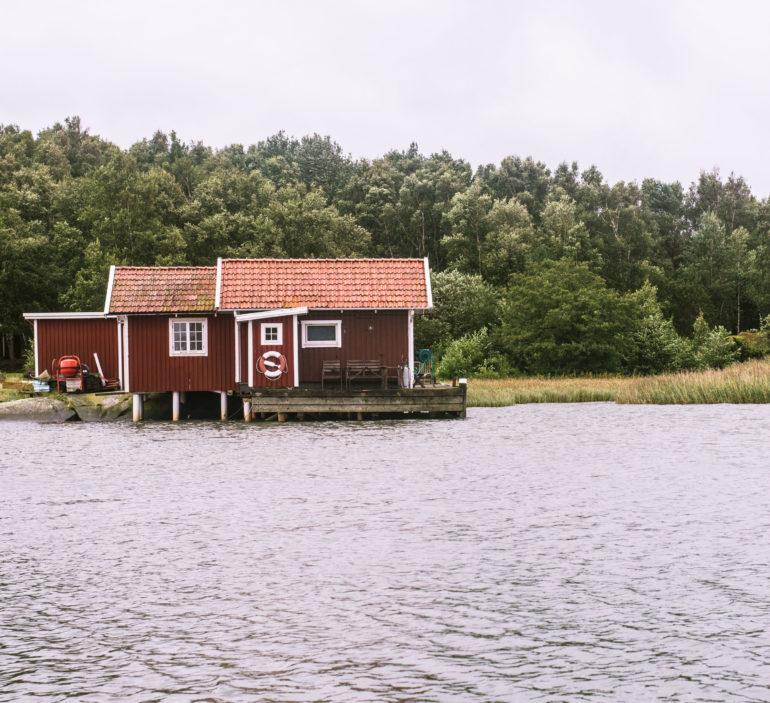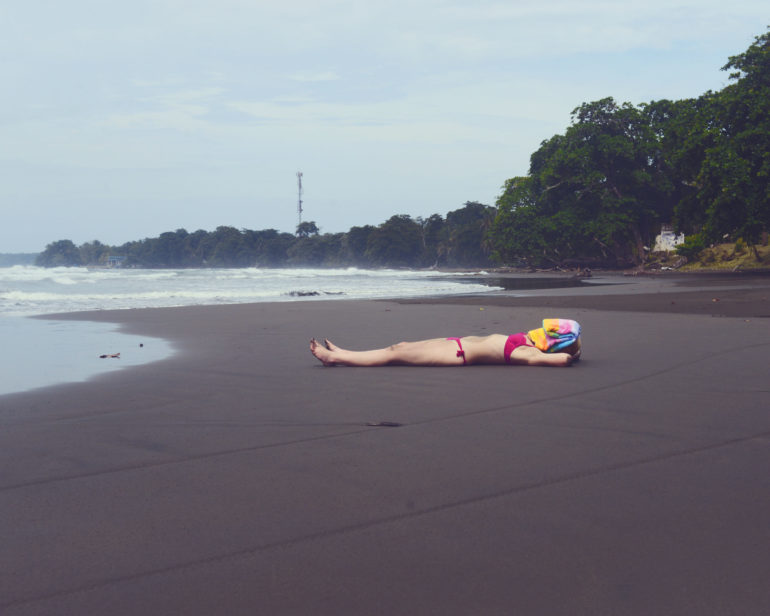Last Updated on 09/03/2018 by Mark Beckenbach
A great photography project idea means nothing if it only lives in your mind.
You have had your lightbulb moment. You have come up with a creative project idea and you are sure it will catapult your career to the high heavens. Now what? In this piece, we will discuss the steps you can take to bring your photography project to life.
Don’t Sit on Your Project Idea

That was the mistake I made. I had this concept for a documentary photography project that I called ‘Sex Workers Being People’. The idea was simple. I would photograph sex workers doing everyday things, just like you and I. The goal was to bring back the humanity for those that work in the sex industry, something that is sadly stripped away from them once deciding to take up sex work.
For three years I sat on that idea. Then one day I decided to take action and get the ball rolling. Roadblock; somebody had already done the project the previous year. Game over.
So do not bask in your self-proclaimed genius. Start making your idea a reality. Along the way, here are some things to consider.
What Is the Goal of Your Photography Project?
The first question you should ask yourself once you have had an idea, is why? Why do I want to do this and what do I want to achieve?
For example, let’s hypothetically say your project revolved around photographing your local town. In theory, you could do that for the rest of your life. However, that is unlikely going to make for a captivating project. People want to see more than just some images from the place that you live. But, if your town is going through a period of investment and transition, there is a motive there for why you would want to document it. And from there, your goal can be to show how the town and people have been impacted during that time of change.
Knowing your motive and goal helps you build your narrative.
How Long Will the Project Take?

Having a time frame for your project is important. First of all, it keeps you disciplined. Giving yourself a deadline will prevent you from becoming complacent, ensuring you don’t risk your project never being completed.
Your deadline will also allow you to manage your time effectively. For many, you will be juggling your project with a day job, family life, and other everyday activities. Knowing how much time you can dedicate to your project each week will allow you to keep a good balance in other areas of your life (or at least help you tell your family you won’t be seeing them for a while!).
Who Are Your Contacts?

There are many types of contacts your photography project may need. If you want access to a venue, you will need to know who the management is. If you’re photographing a certain industry of people, you need to know who will and who won’t be interested in working with you. You may need to go abroad and require a translator, or someone who is an expert in the area and can support with the fluidity of your travel.
If your project requires input from other people, then you need to start making a list of who they are. It is important to do this straight away as you are now reliant on others. Depending on the quality of their communication, it can start to eat away at your time, especially if you are having to chase people down!
Show Me the Money!

The reality is that unless you’re an established name, you are not going to be commissioned to complete your project. So, you need to start planning your costs.
If you’re self-funding, then I advise you set yourself a budget and stick to it. Some things to consider; travel costs such as flights, accommodation, and visas. If you are intending to commit to your project on a full-time basis, you will need to know your living costs, how much you have saved, and how much you need to save in order for you to last the stated duration of your project.
Other things to consider in your budget; payment of your contacts, gear replenishment (you can’t finish your project if you can’t replace a broken camera), cost of film roles if you shoot analog, other equipment such as tripods, lighting, batteries, bags etc.
If you are unable to self-fund, then there are grants available for those with an interesting enough project.
Below is a list of useful resources:
Photogrvphy Grant
Alexia Foundation
Lucie Foundation
Burn Magazine Emerging Photographer Grant
After You Have Completed Your Project

Congratulations, you had an idea and saw it through until completion. Give yourself a big pat on the back, drink a nice glass of wine, and immerse yourself in all your glory. But now what do you do?
Well, it is no good having a story if you have not found anybody to tell it to. So, it is time to go find yourself ways to gain exposure.
Online photography websites like, ahem – The Phoblographer, will be more than happy to share your work with their audience if you have been able to come up with an engaging concept. If you’re that person – drop us an email!
Exhibitions are another great way to get your message out there. Contact your local art centers and inquire about hiring their space for a few days. This is a great way to engage your community, and it also allows you to sell your work in print and reclaim back some of that initial expense!
As well as selling individual prints, you can take it one step further and create a photo book. You can contact publishers to ask if they would want to take your book, or self-publish through sites like Blurb.
There is a plethora of competitions and awards for those those with a completed project. They are a great opportunity to earn cash prizes and gain widespread exposure, so go find the ones that best suit you.
Get Going!
Hopefully, this piece will have given you some things to consider before, during, and after your project.
If you are just at the beginning, what are you waiting for? Get up, get going, and bring that amazing photography project to life!


